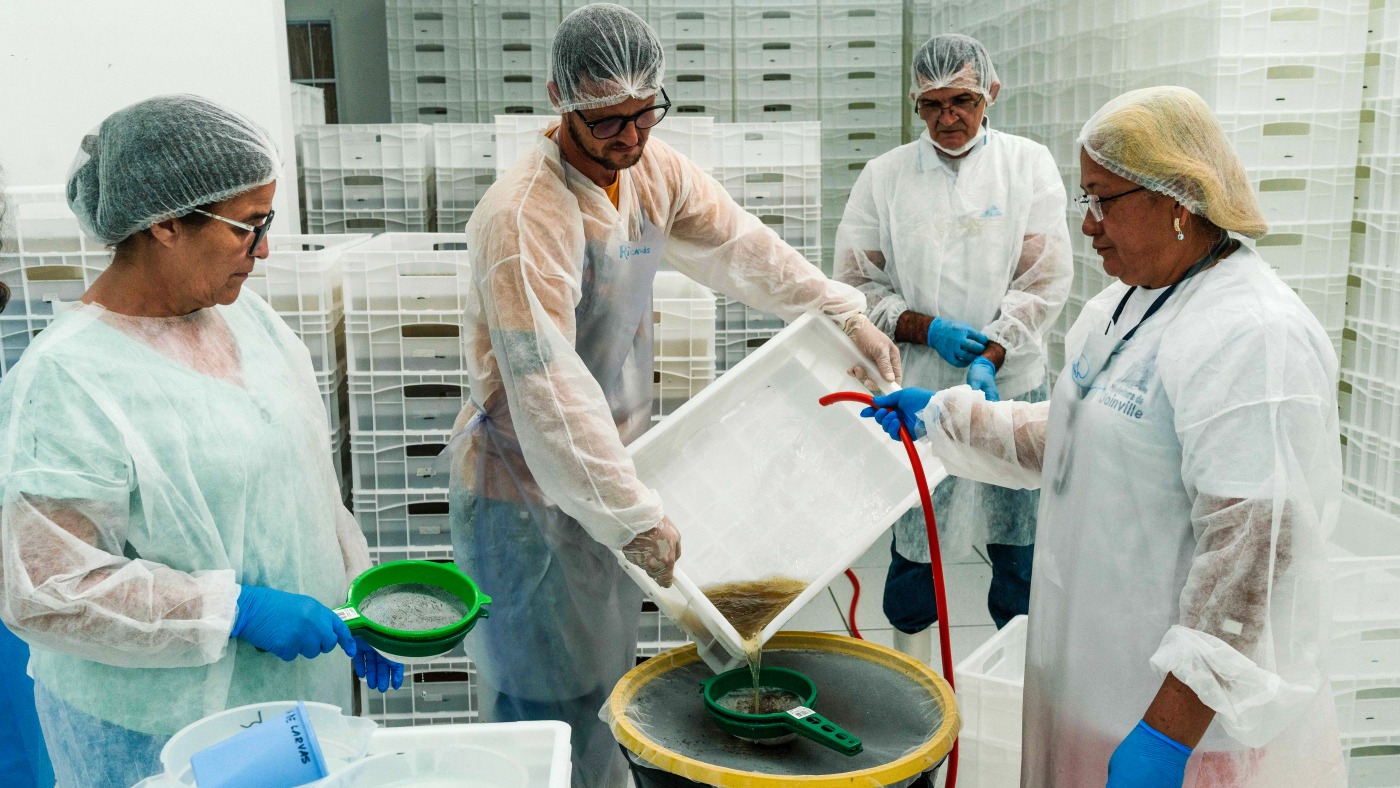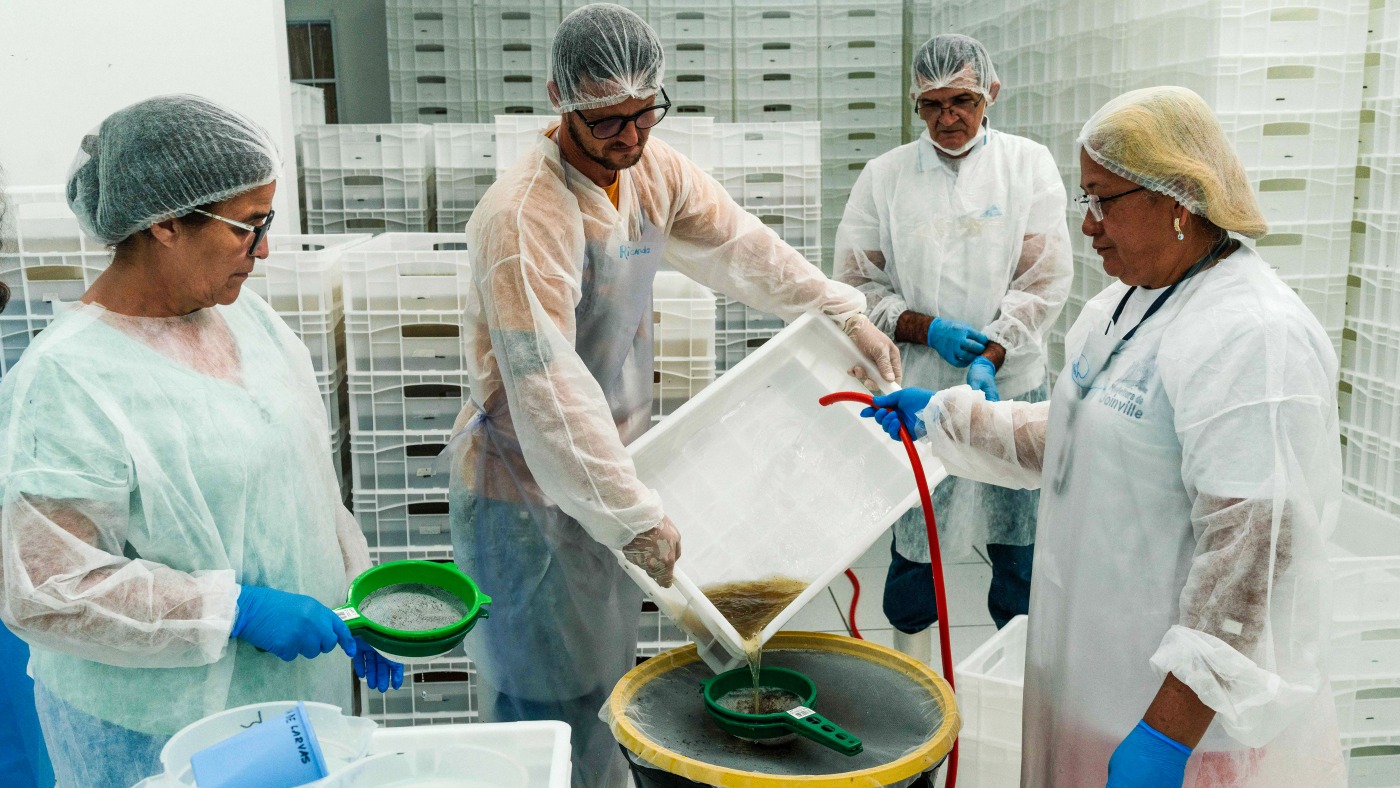Brazil’s Innovative Approach to Dengue Fever: The Wolbachia Solution
The Dengue Challenge in Brazil
Dengue fever remains one of Brazil’s most pressing public health concerns. This mosquito-borne viral infection, transmitted primarily by the Aedes aegypti mosquito, causes severe flu-like symptoms and can lead to life-threatening complications. With over 5,000 municipalities across Brazil, the country faces an uphill battle against this disease. Traditional mosquito control methods, such as insecticide spraying and eliminating breeding sites, have proven insufficient in curbing the spread of dengue. These methods often have limited effectiveness and can pose environmental risks. As a result, Brazil has turned to innovative solutions, including the strategic use of Wolbachia-infected mosquitoes.
The Science Behind Wolbachia
Wolbachia is a naturally occurring bacterium found in many insect species, including mosquitoes. This bacterium has a unique ability to interfere with the transmission of viruses like dengue, Zika, and chikungunya. When Aedes aegypti mosquitoes carry Wolbachia, the viruses struggle to replicate within the mosquito, significantly reducing the likelihood of transmission to humans. The World Mosquito Program (WMP) has been at the forefront of leveraging Wolbachia to combat mosquito-borne diseases. In Brazil, the WMP has been working for over a decade to introduce this sustainable and long-term solution.
The process involves injecting Wolbachia into Aedes aegypti eggs in a laboratory setting. Once the mosquitoes hatch and reproduce, they pass the bacteria on to their offspring, gradually replacing the wild mosquito population with Wolbachia-carrying mosquitoes. This method offers a promising alternative to traditional mosquito control strategies, as it targets the root cause of disease transmission rather than just the symptoms.
Scaling Up the Solution: The Mosquito Biofactory
To implement this solution on a large scale, Brazil has invested in building the world’s largest mosquito biofactory, operated by Wolbito do Brasil. This facility is dedicated to breeding and releasing millions of Wolbachia-infected mosquitoes. The biofactory represents a significant commitment to this innovative approach, with the goal of protecting an estimated 140 million people from dengue and other mosquito-borne diseases.
The biofactory operates with meticulous precision. Workers carefully transfer mosquito larvae to cleaner water, ensuring optimal conditions for development. The process is complex and requires careful monitoring, quality control, and a deep understanding of mosquito biology. Scientists are then deployed into cities, driving around in white Chevys and releasing thousands of specially engineered mosquitoes from tubes. The image of these “good mosquito” release teams has become a symbol of Brazil’s proactive approach to fighting dengue.
Implementing the Program: City by City
The Wolbachia method has already been implemented in several Brazilian cities, including Rio de Janeiro and Niterói. Niterói, in particular, has witnessed the devastating effects of dengue, chikungunya, and Zika, making it a prime location for the program. The initial results have been promising, with a noticeable reduction in dengue cases in areas where Wolbachia-infected mosquitoes have been released.
As of mid-2025, eleven Brazilian cities are actively participating in the program, with plans for further expansion. The rollout demands significant human resources, infrastructure, and collaboration between the WMP, government entities, and the Oswaldo Cruz Foundation, with the help of many volunteers. The Brazilian people are actively involved, recognizing the importance of this initiative for their health and well-being.
Addressing Challenges: Efficacy and Economics
While the Wolbachia method holds great promise, important questions remain about its long-term efficacy and economic viability. Although early results are encouraging, it is still uncertain whether the release of Wolbachia-infected mosquitoes can significantly reduce the overall incidence of dengue fever across Brazil. The effectiveness of the method may vary depending on local environmental conditions, mosquito population dynamics, and other factors.
Scaling up the program to cover all of Brazil is a massive undertaking. Buying and releasing billions of mosquitoes comes with a considerable price tag. A thorough cost-benefit analysis is necessary to determine whether this approach is economically sustainable in the long run. Furthermore, it is essential to consider whether the cost of releasing billions of mosquitoes is less expensive than the cost of treating those infected.
An Integrated Approach to Dengue Control
The Wolbachia method is not a silver bullet. It is most effective when integrated with other strategies for mosquito control and disease prevention. This includes maintaining efforts to eliminate mosquito breeding sites and using environmentally friendly insecticides to complement the Wolbachia method. Educating the public about dengue prevention and encouraging community participation in mosquito control efforts are essential. Continuously monitoring dengue cases and mosquito populations helps to track the effectiveness of the program and identify areas where additional interventions are needed. The development and widespread use of dengue vaccines offer another layer of protection against the disease.
The Future of Dengue Control in Brazil
Brazil’s mosquito gambit represents a bold and innovative approach to tackling a persistent public health challenge. The Wolbachia method has the potential to significantly reduce the burden of dengue fever and other mosquito-borne diseases. However, its long-term success hinges on careful monitoring, adaptive management, and integration with other control strategies. The world is watching Brazil’s experiment with great interest. If successful, this approach could be replicated in other dengue-endemic countries, offering hope for a future where these debilitating diseases are no longer a major threat to public health.
A Symbol of Hope
Brazil’s embrace of “good mosquitoes” is more than just a scientific endeavor; it’s a testament to human ingenuity and resilience in the face of adversity. The image of scientists releasing Wolbachia-infected mosquitoes into the air is a symbol of hope, a reminder that even the smallest creatures can play a role in improving human health and well-being. While challenges remain, Brazil’s mosquito gambit offers a glimmer of optimism in the ongoing fight against dengue fever. This innovative approach demonstrates Brazil’s commitment to finding sustainable and effective solutions to public health challenges, setting an example for the rest of the world.








